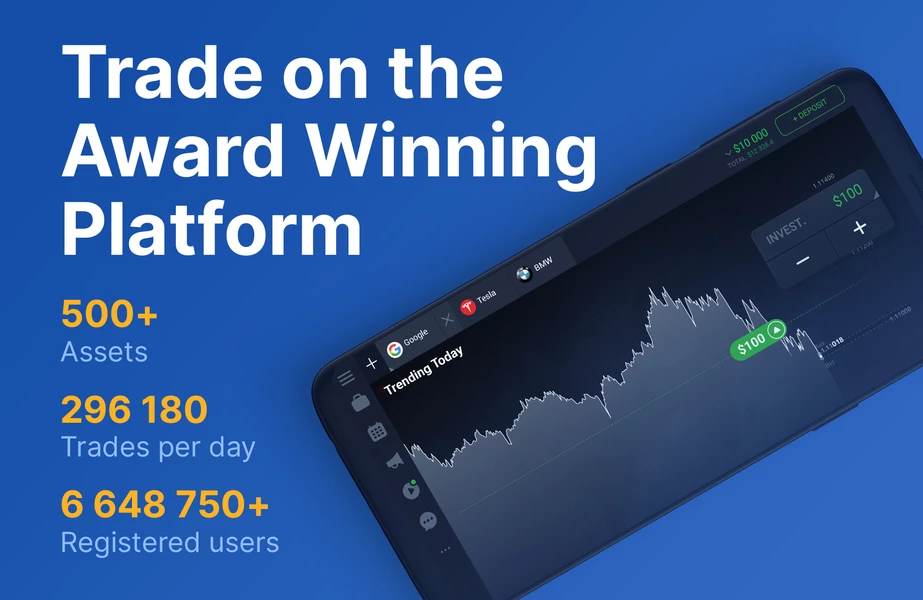Introduction
Day trading is a popular way of making money by buying and selling stocks or other financial instruments within the same day. It is a highly volatile and risky activity, but it can also be very profitable if done correctly. One of the main questions that beginners ask is how much money is needed to start day trading. In this article, we will explore this question and provide some insights and tips on how to get started with day trading.
Minimum Capital Requirements
The first thing to consider when starting day trading is the minimum capital requirement. This is the minimum amount of money that you need to have in your trading account to start trading. The minimum capital requirement varies depending on the broker and the country you are trading in. In the United States, for example, the minimum capital requirement for day trading is $25,000. This means that you need to have at least $25,000 in your trading account to be classified as a pattern day trader.
Pattern Day Trader Rule
The Pattern Day Trader (PDT) rule is a regulation imposed by the Financial Industry Regulatory Authority (FINRA) in the United States. It requires traders who execute four or more day trades within a five-business-day period to maintain a minimum balance of $25,000 in their trading account. The PDT rule is designed to protect inexperienced traders from taking on too much risk and losing their entire account.
Margin Accounts
Margin accounts are another option for day traders who want to trade with less capital. In a margin account, you can borrow money from your broker to trade with. This allows you to increase your buying power and potentially increase your profits. However, margin trading also increases your risk and can lead to significant losses if not managed properly.
Factors to Consider When Choosing a Broker
Choosing the right broker is crucial for day trading success. Here are some factors to consider when selecting a broker:
Commission and Fees
Commission and fees can eat into your profits, so it is essential to choose a broker with low fees. Look for a broker that offers competitive commission rates and does not charge extra fees for services such as account maintenance and withdrawals.
Trading Platform
The trading platform is the software that you use to place trades and manage your account. It is essential to choose a broker with a reliable and user-friendly trading platform. Look for a platform that offers real-time data, advanced charting tools, and customizable features.
Customer Support
Customer support is crucial when trading, especially if you are a beginner. Look for a broker with excellent customer support that is available 24/7. You want to be able to reach out to your broker whenever you need help or have a question.
Managing Risk
Day trading is a risky activity, and it is essential to manage your risk properly. Here are some tips for managing risk:
Set Stop Losses
A stop-loss order is an order that automatically closes your position when the price of the asset reaches a certain level. Setting stop-loss orders can help you limit your losses and prevent you from losing more than you can afford.
Diversify Your Portfolio
Diversifying your portfolio means spreading your investments across different assets and sectors. This can help you reduce your risk and protect your investments from market volatility.
Use Proper Position Sizing
Position sizing is the process of determining how much money to invest in each trade. Using proper position sizing can help you manage your risk and prevent you from losing more than you can afford.
Conclusion
In conclusion, the amount of money needed to start day trading varies depending on the broker and the country you are trading in. The minimum capital requirement for day trading in the United States is $25,000. However, margin accounts can provide an option for traders who want to trade with less capital. Choosing the right broker, managing risk, and having a solid trading plan are essential for day trading success. Remember, day trading is a risky activity, and it is essential to manage your risk properly to avoid significant losses.

